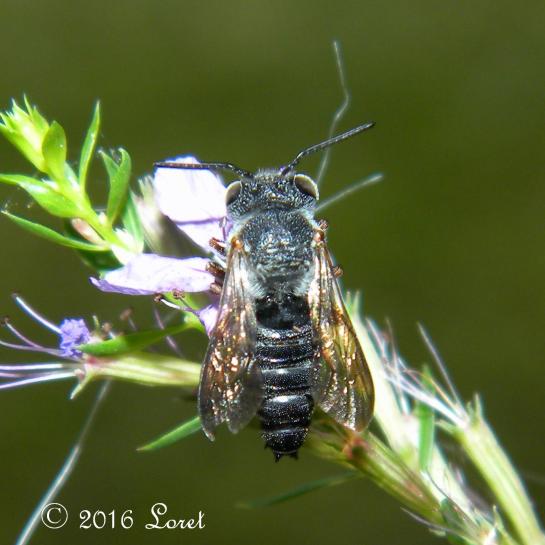CENTRAL FLORIDA CRITTER OF THE DAY: Cuckoo-leaf-cutter Bee (Coelioxys sp.)
Male.
“Coelioxys, a genus within the leafcutting bee family, are kleptoparasites (they lay their eggs in the nests of other leafcutter bees and the young “steal” all of the stored pollen).” source: http://entnemdept.ufl.edu/creatures/misc/bees/leafcutting_bees.htm
“Adults take nectar at flowers. (They must be eating for themselves, because they do not provision a nest.)”
Learn: http://bugguide.net/node/view/7605
Key: http://entnemdept.ufl.edu/HallG/Melitto/floridabees/coelioxys1.htm
Shown on Florida Native Plant: Bidens alba
Species possibilities include Eight-toothed Cuckoo-leaf-cutter (Coelioxys octodentatus) or Say’s Cuckoo-leaf-cutter (Coelioxys sayi)
https://www.discoverlife.org/mp/20q?search=Coelioxys
###

























